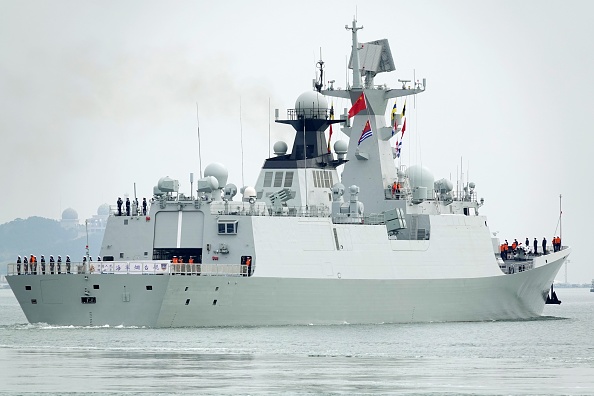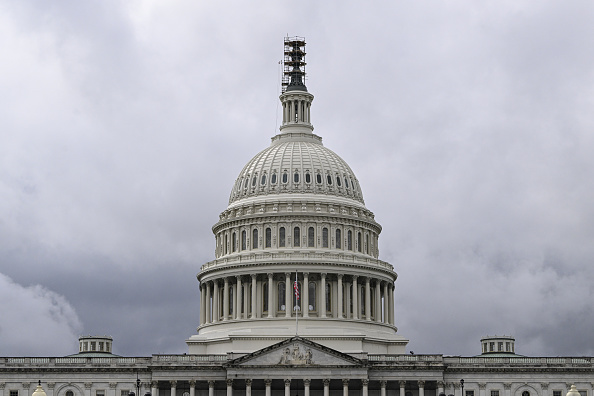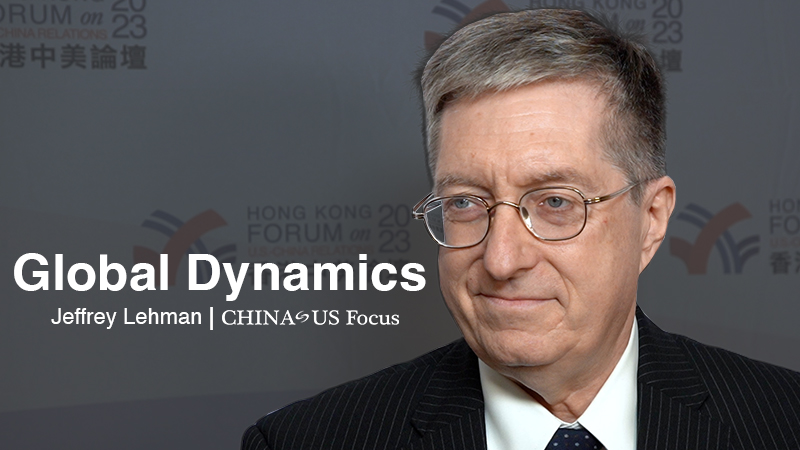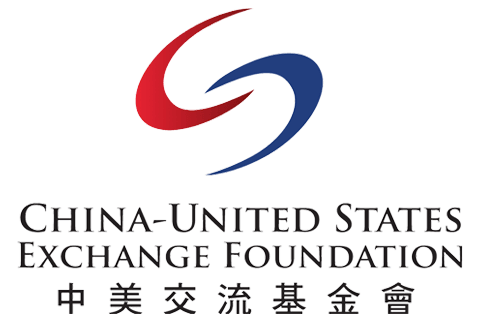
Dear Focus Reader,
This week marked the inaugural meeting of the first counternarcotics working group between China and the U.S. in Beijing. The gathering aimed to follow up to the Woodside summit between Presidents Joe Biden and Xi Jinping in November, where they agreed to step up efforts in the fight against illicit drugs.
Fentanyl, a highly addictive synthetic opioid, was a primary focus of the two-day meeting. Washington believes China is the main source of the chemicals used to make fentanyl by drug cartels in Mexico, though China has denied these claims. With this, the U.S. wants China to increase curbs on the export of these chemicals.
The inter-agency U.S. delegation was led by Deputy Homeland Security Adviser Jen Daskal, who emphasized that "synthetic drugs are killing so many thousands of people" and the "significant" delegation sent by the Biden administration underscores "the importance of this issue to the American people."
Additionally, Chinese Public Security Minister Wang Xiaohong said the two sides had in-depth and pragmatic talks. "We reached common understanding on the work plan for the working group," he noted.
Meanwhile, National Security Adviser Jake Sullivan elaborated on the Biden Administration's China strategy in an address this week and said they will continue to maintain their approach of de-risking, intensive interaction, and building stability into the world's most consequential relationship. He also expressed the U.S.'s intent to deepen crisis communication mechanisms with the PRC to reduce the risk of conflict, and coordinate on areas of shared bilateral and global concern.
Sullivan's remarks followed his meeting with Chinese Foreign Minister Wang Yi in Bangkok last weekend, where the two officials agreed that there is "no substitute for leader-to-leader conversation," and that they hope to arrange a phone call for Xi and Biden in the near future.
Stay up to date on the latest China-U.S. developments by catching up on our latest Focus content, including topics on China's naval power, the impacts of the U.S. electoral system on bilateral relations, and the Taiwan elections.
The percentage of decrease in two-way trade compared to 2022, marking the sharpest decline since 2019 when unilateral tariffs were imposed by the United States, according to trade data released by China Customs.
Read more in "Soft Landing vs. Ballast Retreat," by He Weiwen, a senior fellow at the Center for China and Globalization, CCG.
U.S.-China Solar Cooperation | Kyle Obermann
Watch VideoIn our Focus Insights section, we featured an article by NYU Adjunct Professor James H. Nolt, in which he examines the limitations on China's potential as a sea power, emphasizing geographical constraints, and providing an alternative perspective on China's naval capabilities.
We want to hear from you:
How would you assess the current military dynamics between the U.S. and China? To what extent do you think geographical factors play a role in restricting China's ability to project military power?
Submit your thoughts to USeditor@chinausfocus.com for a chance to be featured in next week's Focus This Week.
useditor@chinausfocus.com for more info.
Prepared by China-US Focus editorial teams in Hong Kong and New York, this weekly newsletter offers you snap shots of latest trends and developments emerging from China and the U.S. every week. It is a community space to exchange thoughts and ideas about the China-U.S. relationship and beyond.
- 2024-01-26 Focus This Week: Laying the Groundwork
- 2024-01-19 Focus This Week: A Charm Offensive
- 2024-01-12 Focus This Week: Global Impacts
- 2024-01-05 Focus This Week: New Prospects
- 2023-12-21 Focus This Week: Ending on a High Note
- 2023-12-15 Focus This Week: Economic Review
- 2023-12-08 Focus This Week: Climate Talks
- 2023-12-01 Focus This Week: Looking Forward
- 2023-11-22 Focus This Week: A Temporary Ceasefire
- 2023-11-17 Focus This Week: An Anticipated Meeting
- 2023-11-11 Focus This Week: Change and Progress
- 2023-11-03 Focus This Week: Anticipating APEC
- 2023-10-27 Focus This Week: Diplomatic Strides
- 2023-10-20 Focus This Week: De-escalation
- 2023-10-13 Focus This Week: Seeking Peace
- 2023-10-06 Focus This Week: Summit Speculations
- 2023-09-29 Focus This Week: Paving the Way
- 2023-09-22 Focus This Week: Climate Action
- 2023-09-15 Focus This Week: Global Gatherings
- 2023-09-08 Focus This Week: Diplomatic Deliberations




